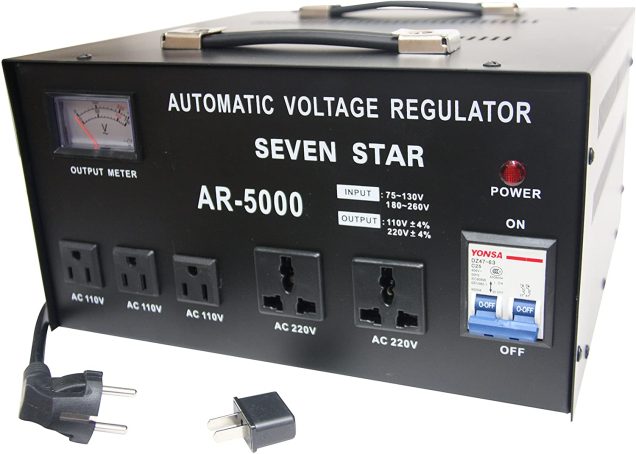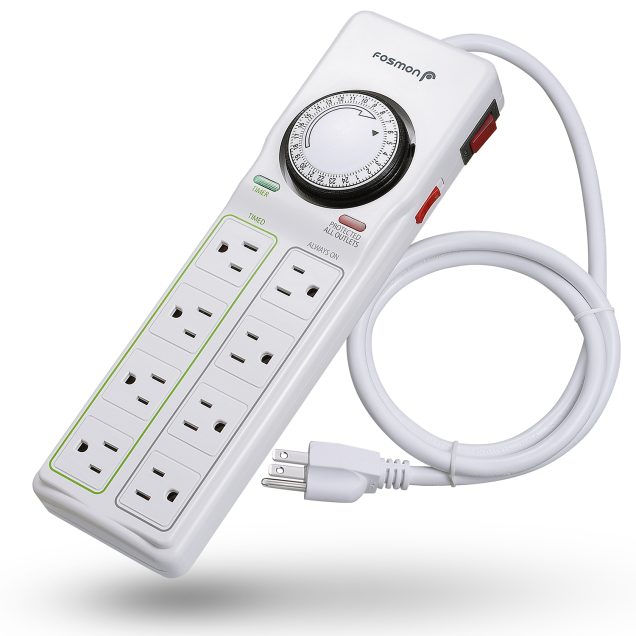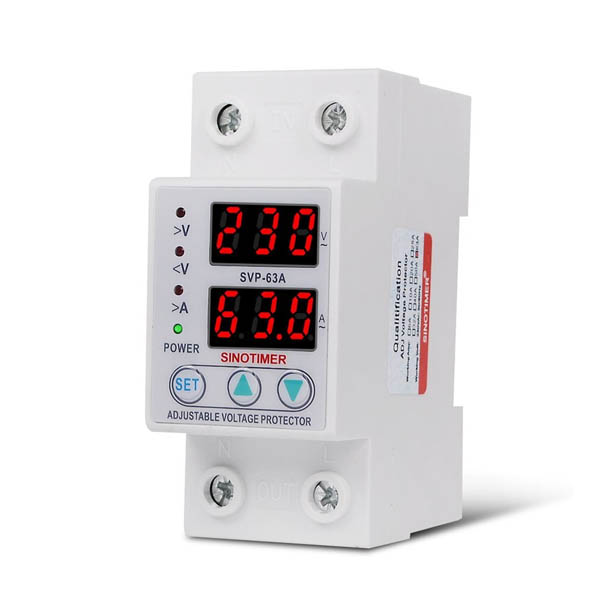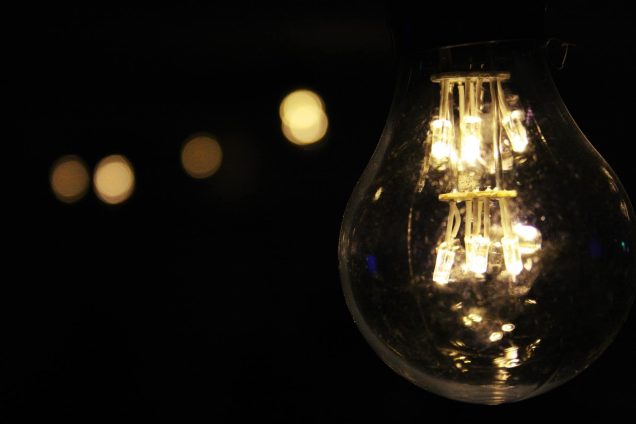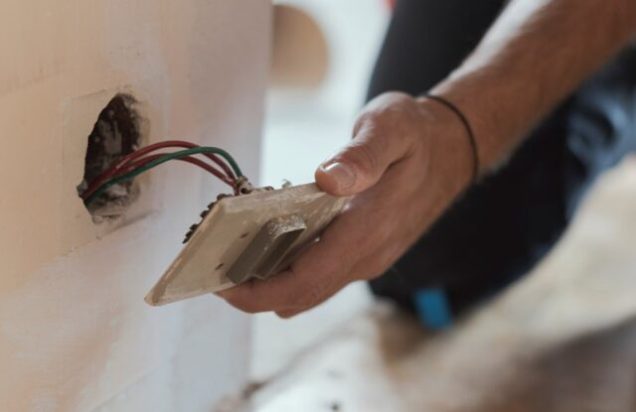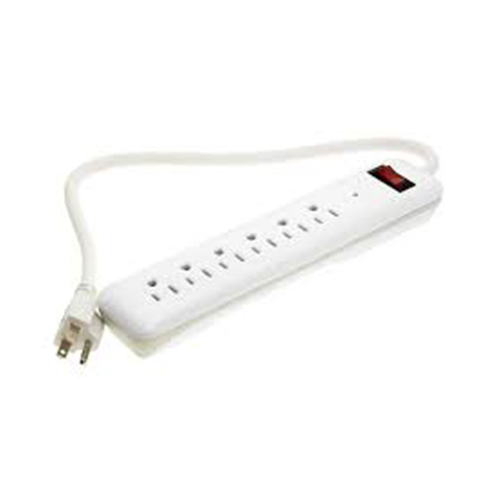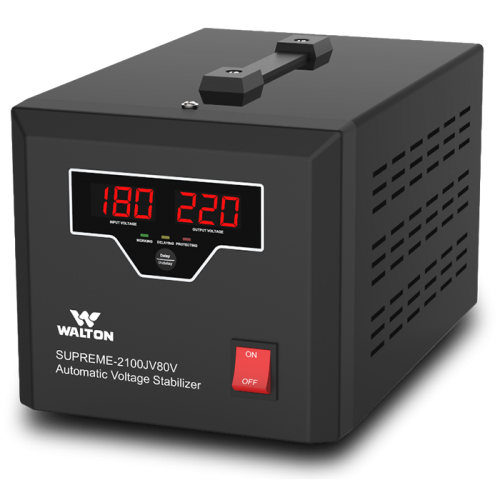
Choosing the correct size of voltage stabilizer
Before you buy a voltage stabilizer for your home, there are several factors to consider before choosing the perfect voltage stabilizer that will suit your needs. Here are the basic steps to follow when buying a stabilizer for your home. Check the power rate on the appliance you want to buy the stabilizer for so […]
